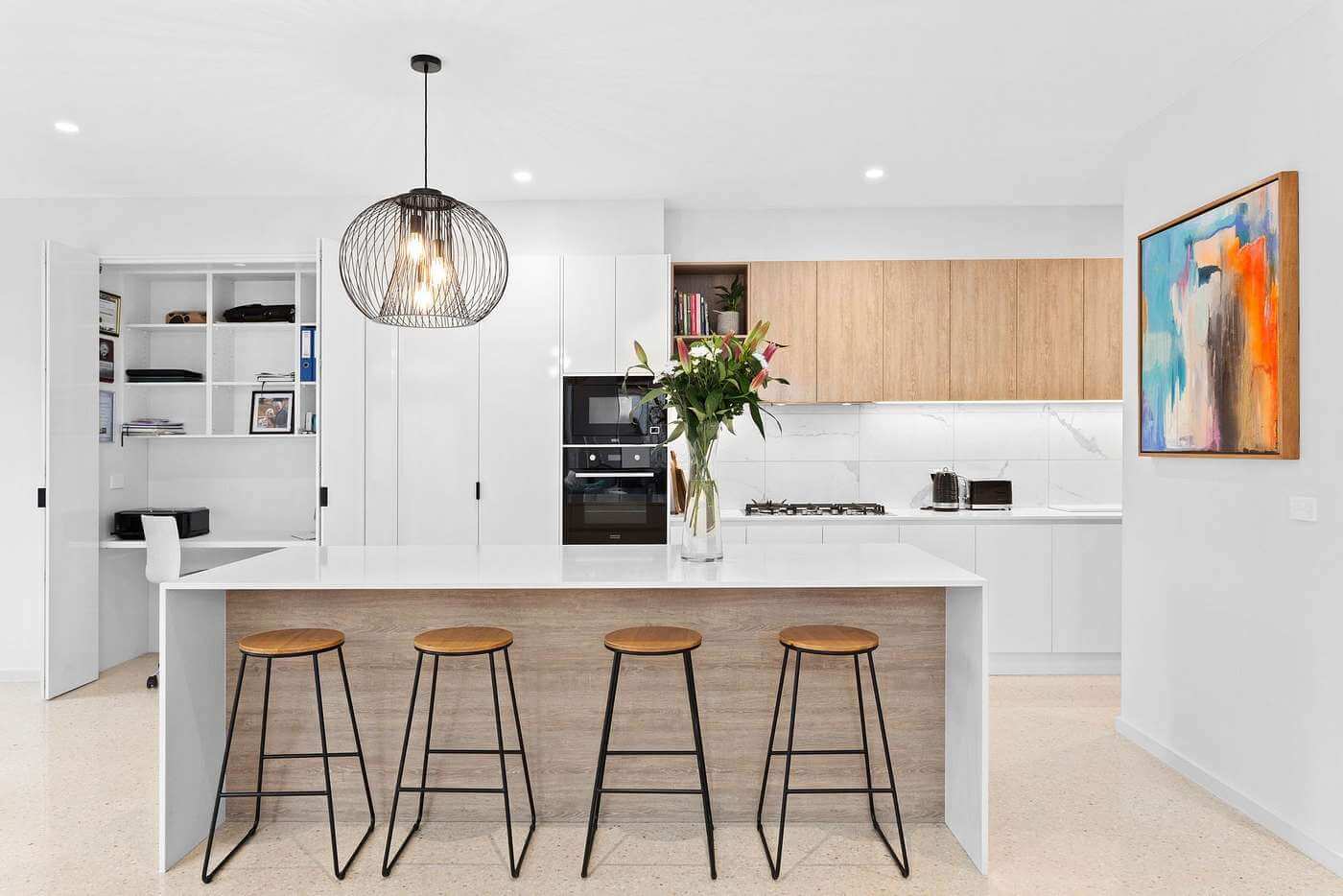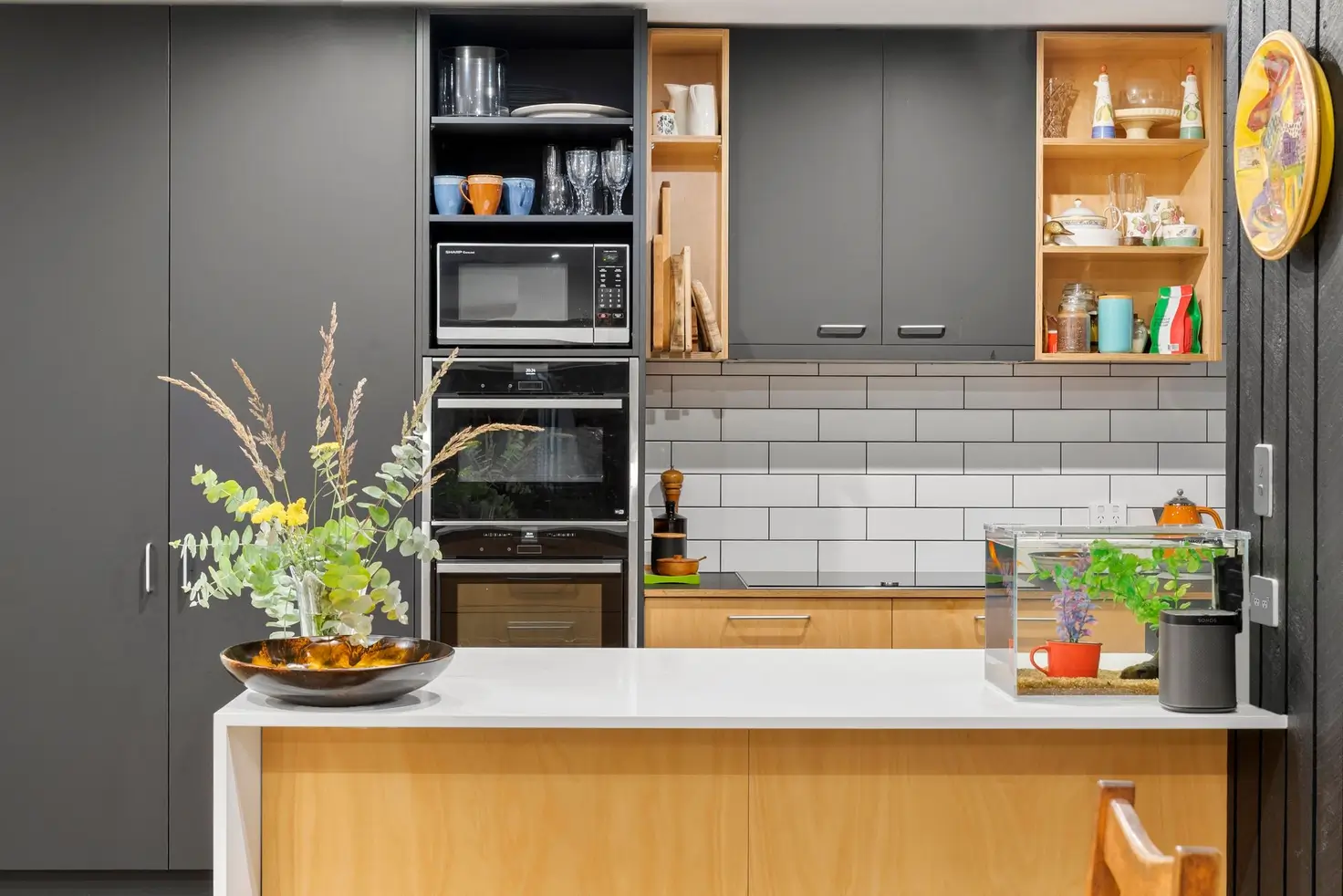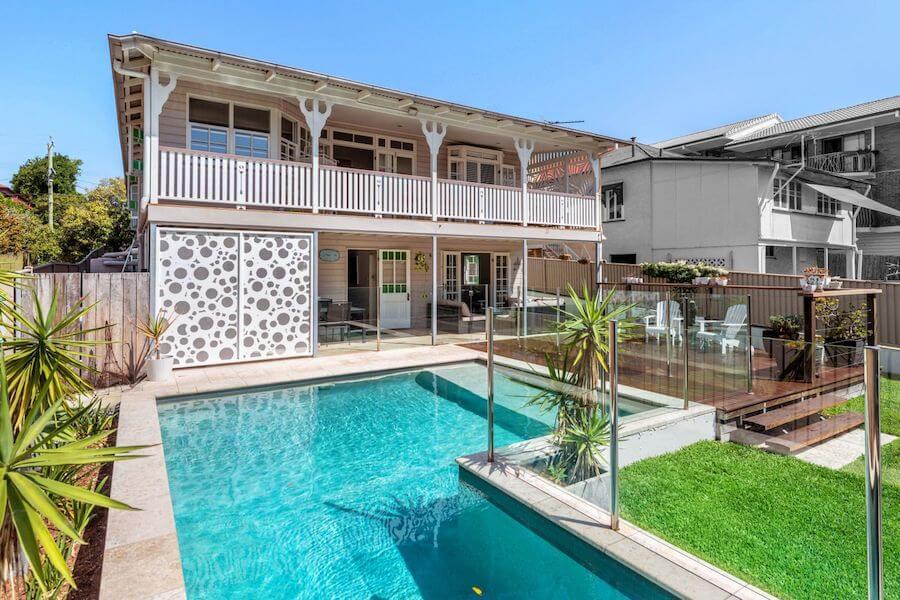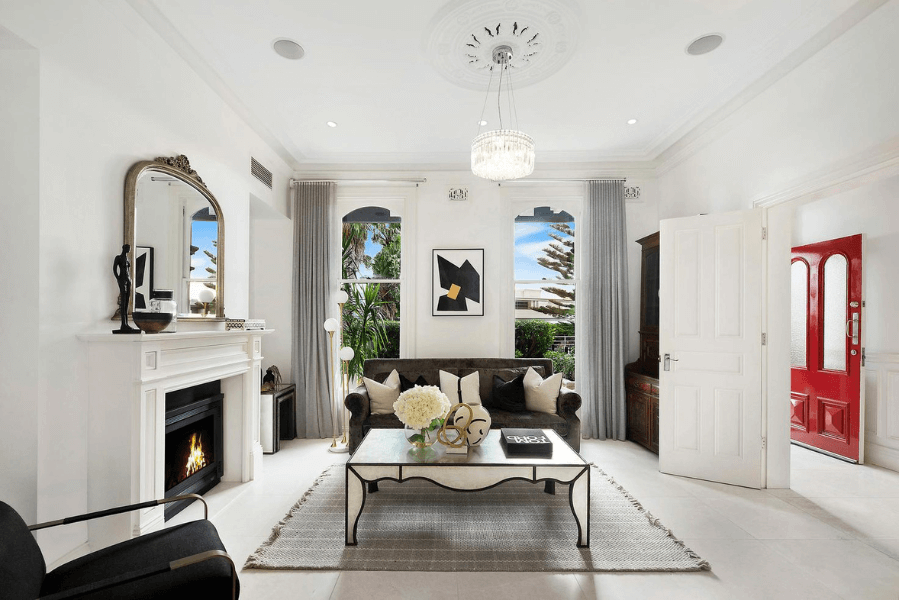Topics in this article:
How much do renovations actually add to the value of your home?
When it comes to adding value to your home through renovations, there is a fine line between overcapitalising or adding value. Whether you’re thinking of a backyard landscape or putting in a new bathroom, it can be hard to tell which areas are worth improving or better just maintained for value. Here’s a guide to how strategic renovations can significantly increase your home’s market value, as explained by experts in the know.
The art of selective renovation
Don’t go boiling the ocean. Too many renovations at once isn’t just a huge financial cost, it can also warrant a permit, which can add unnecessary paperwork and delays to an already stressful operation. You want to focus on a few key rooms or tasks. Prioritising is key: “Renovations done correctly and to the right taste can add greater value to your home,” says Matthew Scafidi, from Abode Advocacy Group. “The trick is to ensure you start with the most tired and dated rooms in your home. For example, if you have done the kitchen already and the bathrooms are outdated this will impact value from a potential purchaser as all they see is work, effort & money to be spent.”
He also warns against overly personalised choices that might not appeal to the broader market, “The same goes for if you do the renovation and go with a bright yellow splash-back because it’s your favourite colour – keep in mind that could be a turn-off for some.” Scafidi emphasises the importance of a neutral palette in renovations: “A neutral palette is always preferred to please the majority.”
It’s important, however, to actually enjoy your renovated home. Tim Heavyside, from Heavyside agency in Melbourne, says, “Renovations should add value in your life and lifestyle first, not just the property. Do the renovation that works for you and some that you will enjoy now and down the track. That said, all investments warrant a return on investment.”
Focusing on high-value areas
David Webb, Head of Industry at Homely, points to the specific areas in a home that hold the most potential for adding value, “The most valuable renovations you can do to a house apart from adding extra bedrooms is to focus on the wet areas, they are the part of the house that people look to be top quality. These are your kitchen and bathrooms.” He also points out a common mistake homeowners make, “Many people do renovations for what they need and often don’t focus on who is the potential buyer they are renovating for, that’s when it can become not very profitable to do the renovation.”
Pete Wargent from AllenWargent agrees and suggests understanding the broader market. “Research the local market for what is in demand, and what is scarce. Often homeowners spend heavily on renovations for their personal tastes, which is understandable, but this may not add values to the home if it’s not what is desired by the wider market.”
Balancing cost and value
There’s a fine line between renovating for return and overcapitalisation. It’s a question that comes up often at Homely. Pete offers an important financial perspective on renovations when it comes to return. “The old rule of thumb was that you should aim to add at least $1.50 of value for every dollar spent on a renovation.”
Tim Heavyside takes this return on investment further, stating “The rule of thumb, if you spend a dollar, you should make a dollar. So, if you spend $50,000 on a reno, you aim for a $100,000 return.”
There are some serious challenges with the supply side of construction right now though, “At the moment, the cost of materials and trades have run high, so you’ll need to think quite judiciously about where and how you spend each dollar.”
One foolproof return on investment is the idea of renovating into a “turn-key” home, says Matthew. “A home that is “turn key” means no work or money needs to be spent on it will always perform exceptionally well and you should see a good return on your investment.”
Make 2024 your year of clever renos
- Research what other houses in your area look like at the price range you’d ideally sell at
- Speak to your local agent about what features most buyers are interested in and what returns you might expect
- Explore listings and look for your ideal kitchens and bathroom styles to save to a Collection
The takeaway
Renovating your home can be a lucrative endeavour if done thoughtfully. By focusing on the most outdated areas, opting for a neutral and broadly appealing palette, and understanding the needs of potential buyers, and doing the calculations on your potential return, you can significantly increase their property’s value.










